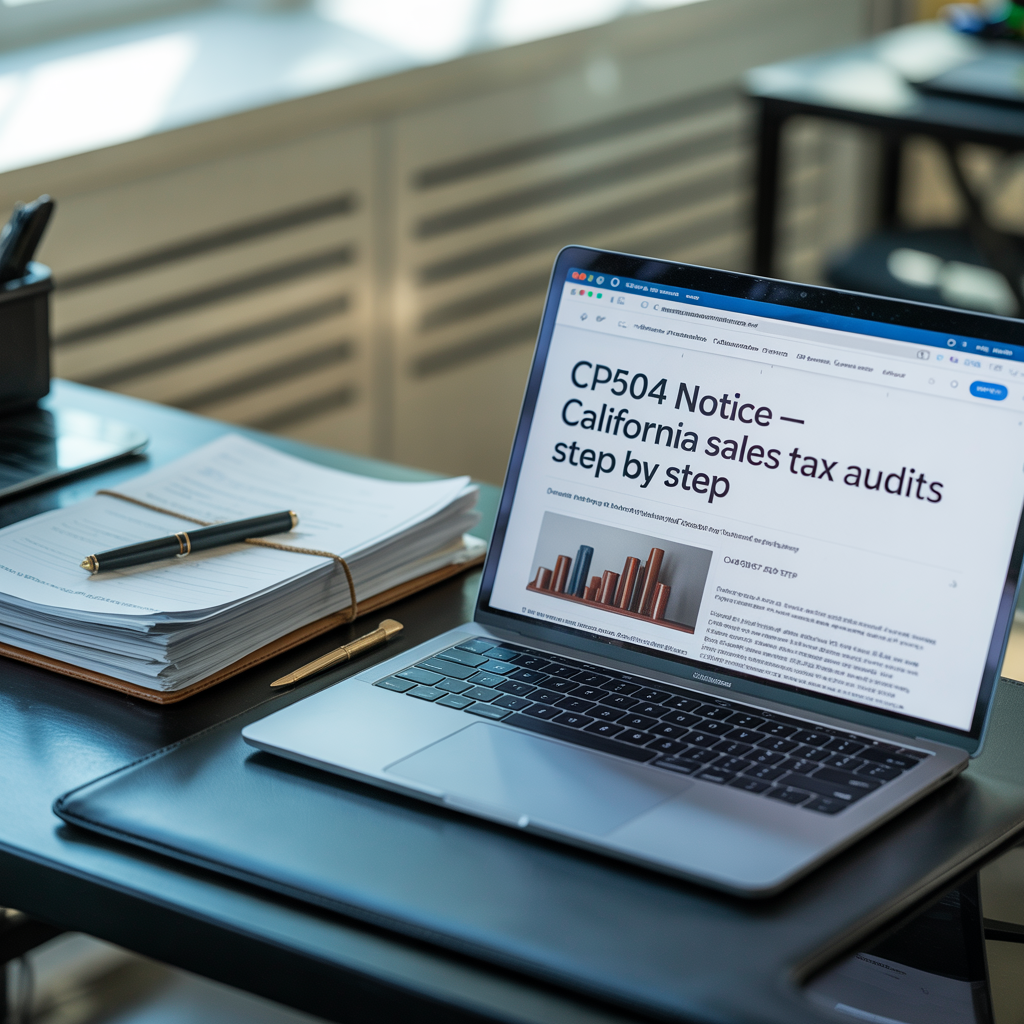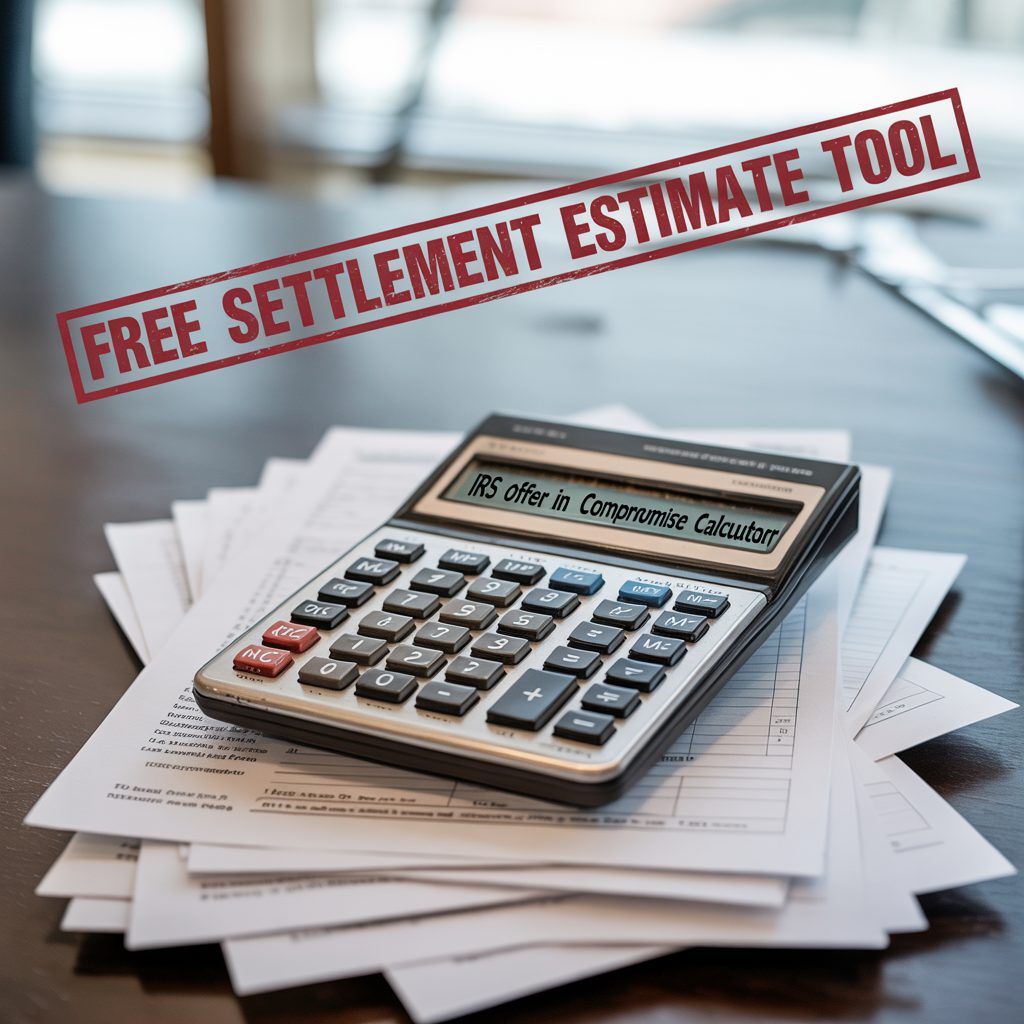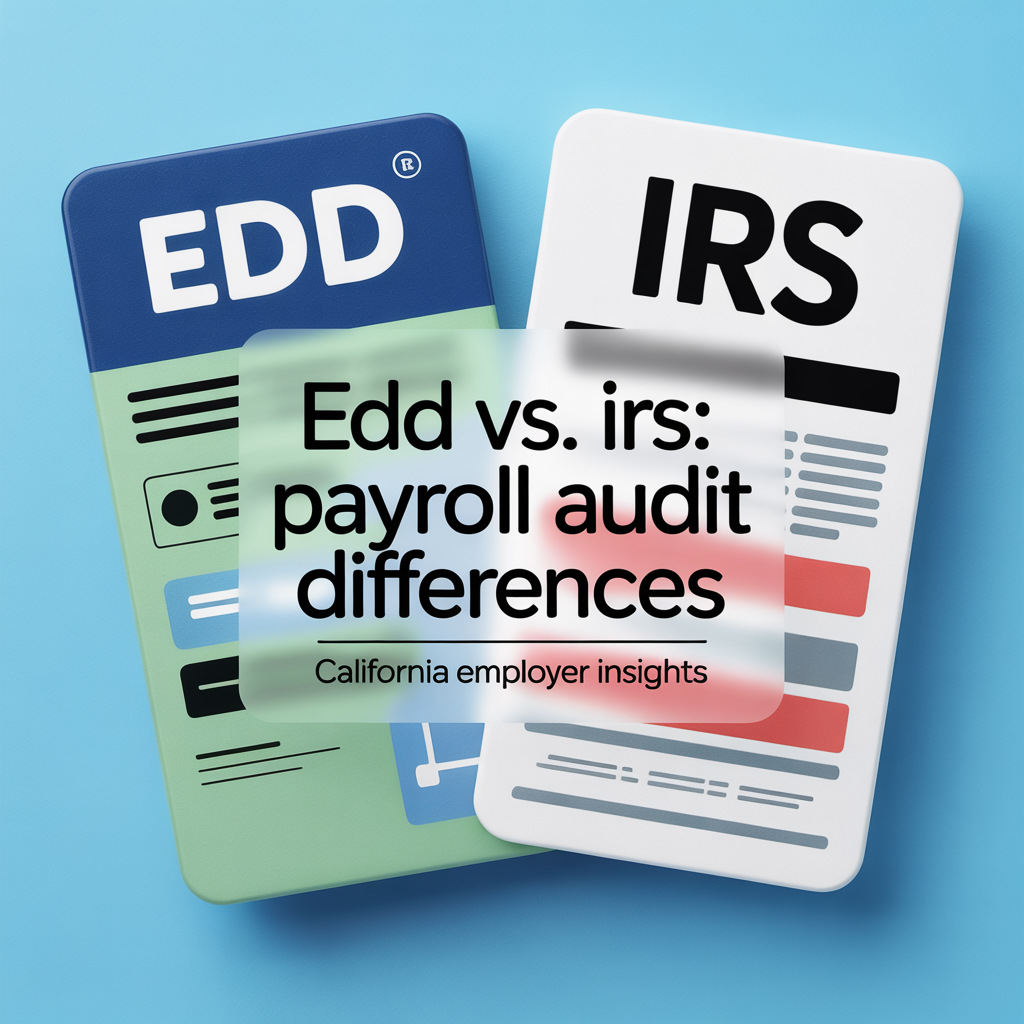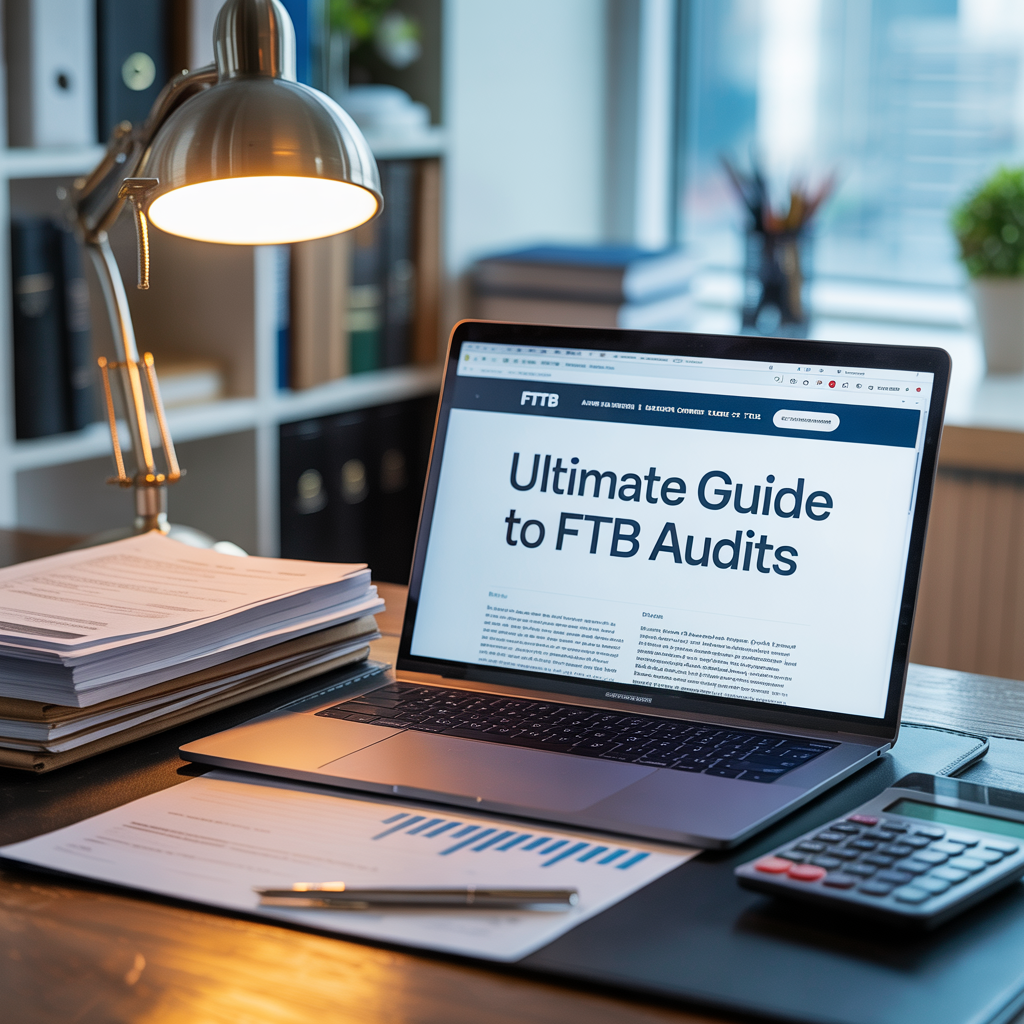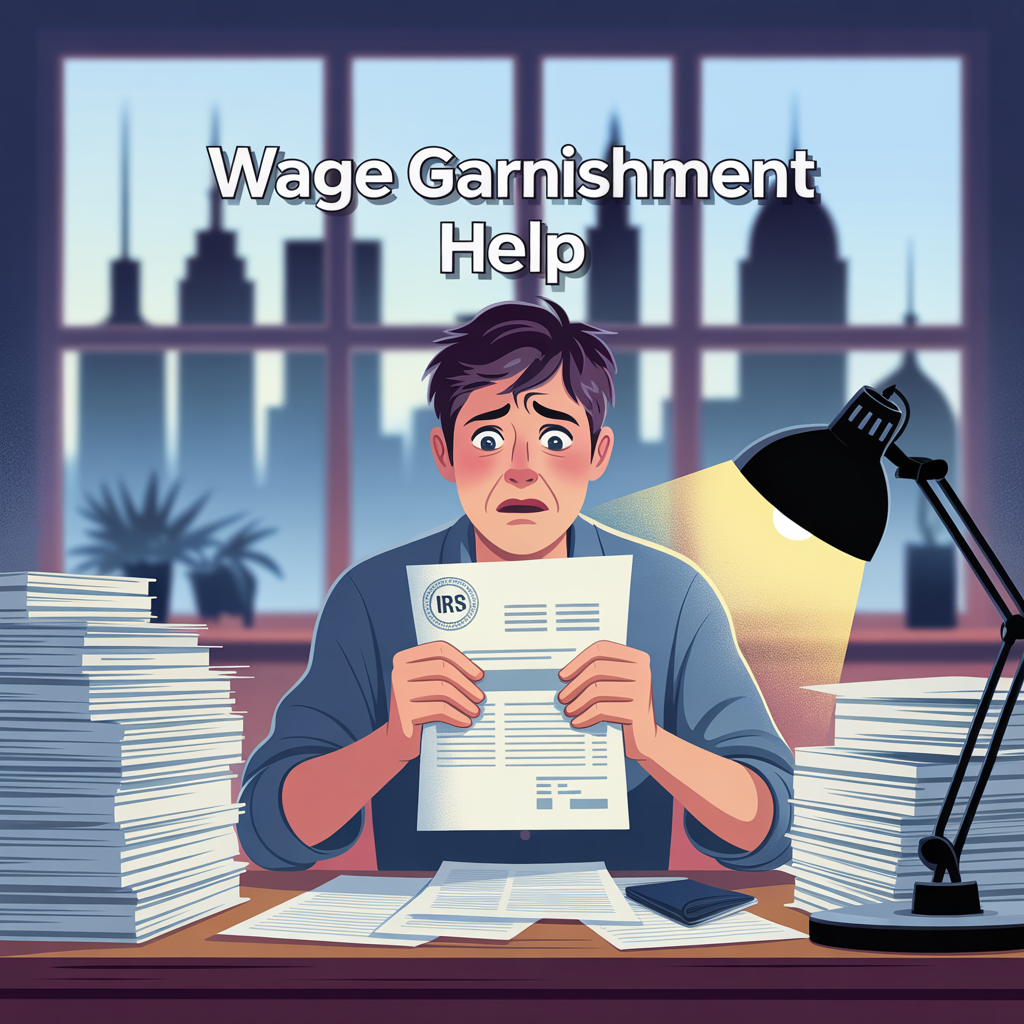IRS Levy on Social Security – Can They Really Do That?

If the IRS Is Taking Your Social Security, You’re Not Alone
Many retirees are shocked to discover that the IRS can legally levy a portion of their Social Security income to collect back taxes.
If you’ve received a notice from the IRS or the Bureau of Fiscal Service stating that part of your monthly check will be withheld, this post explains how it works, how much they can take, and how to stop it—before or after it begins.
Yes—The IRS Can Levy Your Social Security Benefits
Under the Federal Payment Levy Program (FPLP), the IRS has authority to take 15% of your monthly Social Security benefit to satisfy unpaid tax debt.
This includes:
- Retirement (SSA)
- Disability (SSDI)
- Survivors’ benefits
It does not apply to SSI (Supplemental Security Income), which is protected.
Many taxpayers confuse liens with levies. Knowing IRS levy vs lien differences can help—liens are legal claims on property, while levies actually take your money.
How Does the IRS Levy Social Security?
- You owe back taxes and have ignored previous notices
- The IRS sends a Final Notice of Intent to Levy (LT11 or Letter 1058)
- You do not respond within 30 days
- The IRS refers your account to the Bureau of Fiscal Service
- The levy begins automatically and continues until the balance is resolved
This is why avoiding IRS levies before they start is so important. Acting during the notice period gives you more options.
How Much Can the IRS Take?
The IRS can take:
15% of your total monthly benefit—not just the net check
There is no exemption threshold for Social Security income like there is for wages. The levy will continue:
- Until the full tax debt is paid
- Or until you resolve the debt through another method
Some taxpayers also experience different enforcement actions, like IRS bank account levy in California or even stopping wage garnishment in California, depending on their financial situation.
How to Stop or Prevent an IRS Social Security Levy
1. File for a Collection Due Process (CDP) Hearing
If you're still within 30 days of receiving LT11 or Letter 1058, file Form 12153 to request a hearing. This pauses the levy while your case is reviewed.
Related: IRS Collection Appeals Program (CAP) vs CDP Hearings – What’s the Difference?
2. Request Currently Not Collectible (CNC) Status
If the levy is causing financial hardship—i.e., you can’t afford rent, food, or medical care—you may qualify for CNC status. This strategy is often referred to as using Currently Not Collectible status to stop levies.
3. Enter an Installment Agreement or Offer in Compromise
If you can afford to pay something, the IRS may agree to:
Entering one of these resolutions can get the levy removed.
4. Request a Manual Levy Release
If you're already being levied, you or your representative can contact the IRS and request a manual release due to hardship or resolution activity.
Taxpayers often ask, can you stop an IRS levy after it starts? The answer is yes—but it requires quick action through appeals, payment plans, or hardship claims.
What If the Levy Already Started?
You can still:
- File a hardship claim
- Enter a payment plan
- Submit a formal request for levy release
- Escalate to the Taxpayer Advocate or file an appeal
Acting quickly gives you the best chance of protecting your future benefits.
We Help Orange County Taxpayers Stop IRS Social Security Levies
At Boulanger CPA and Consulting PC, we:
- File emergency appeals and CDP hearing requests
- Request levy release due to hardship
- Negotiate affordable resolutions
- Protect vulnerable taxpayers from IRS overreach
If you want to explore solutions and protections, learn more in Defend What’s Yours—our guide for understanding and fighting back against IRS collection tactics.
Call (657) 218-5700 or request urgent help at www.orangecounty.cpa
Frequently Asked Questions
Can the IRS levy Social Security benefits?
Yes. Through the Federal Payment Levy Program, the IRS can take up to 15% of your monthly Social Security benefits to collect unpaid tax debt.
Does the IRS levy all types of Social Security benefits?
The IRS can levy Social Security retirement and disability (SSDI) benefits, but not Supplemental Security Income (SSI), which is needs-based.
How much can the IRS take from Social Security each month?
The IRS usually levies 15% of your net Social Security payment, though in some cases they may attempt to take more through other enforcement actions.
Can I stop an IRS levy on Social Security?
Yes. You can request Currently Not Collectible status, negotiate an installment agreement, or submit an Offer in Compromise to stop or reduce the levy.
Does filing bankruptcy stop a Social Security levy?
Yes. Bankruptcy triggers an automatic stay that halts IRS collections, including levies on Social Security benefits. However, tax debt may not always be dischargeable.
Can I appeal a Social Security levy?
Yes. You can appeal through the Collection Due Process (CDP) hearing or the Collection Appeals Program (CAP) if you believe the levy is improper.
Does California tax enforcement also target Social Security?
No. California’s Franchise Tax Board (FTB) does not levy Social Security benefits. However, it may pursue other income or assets if state taxes are owed.
Should I seek professional help if my Social Security is levied?
Yes. Professional representation helps stop or reduce levies and ensures you explore all resolution options to protect your essential income.
📣 About the Author
Marc Boulanger, CPA is the founder of Boulanger CPA and Consulting PC, a boutique tax resolution firm based in Orange County, California and trusted by high-income individuals and business owners across Southern California.
He is the author of Defend What’s Yours: A California Taxpayer’s Guide to Beating the IRS and FTB at Their Own Game, available now on Amazon. The book offers a step-by-step plan for resolving IRS and FTB tax debt without losing your business, your home, or your peace of mind.
With over a decade of experience resolving high-stakes IRS and State tax matters, Marc brings strategic insight to complex cases involving wage garnishments, bank levies, unfiled returns, and six-figure tax debts. He is known for helping clients reduce or eliminate tax liabilities through expertly negotiated settlements and compliance plans.
Marc is a Certified Public Accountant licensed in California and Oklahoma and holds the designation of Certified Tax Representation Consultant. He is a member of the American Society of Tax Problem Solvers (ASTPS) — the national organization founded by the educators and practitioners who have trained thousands of CPAs, EAs, and tax attorneys in IRS representation strategy.
Every case is handled with discretion, proven methodology, and direct CPA-led representation — not call center scripts.
📍 Learn more at www.orangecounty.cpa or call (657) 218-5700.


